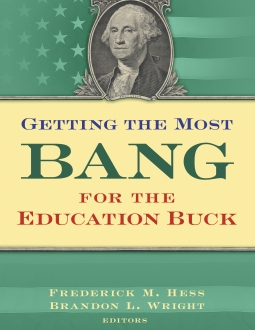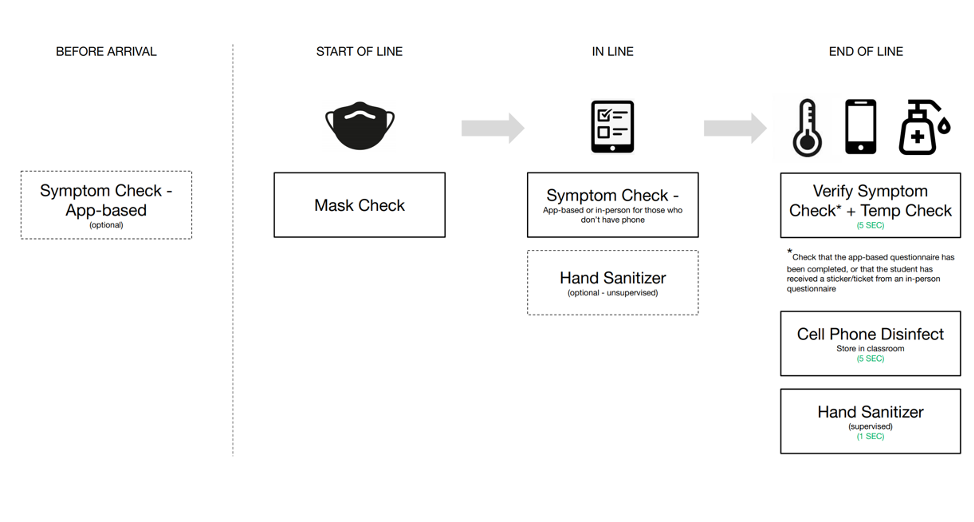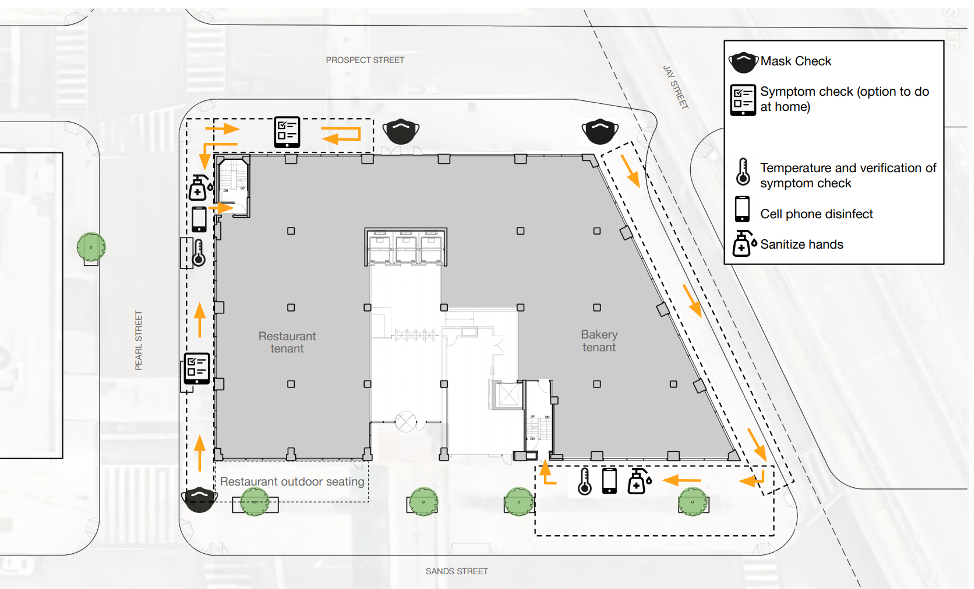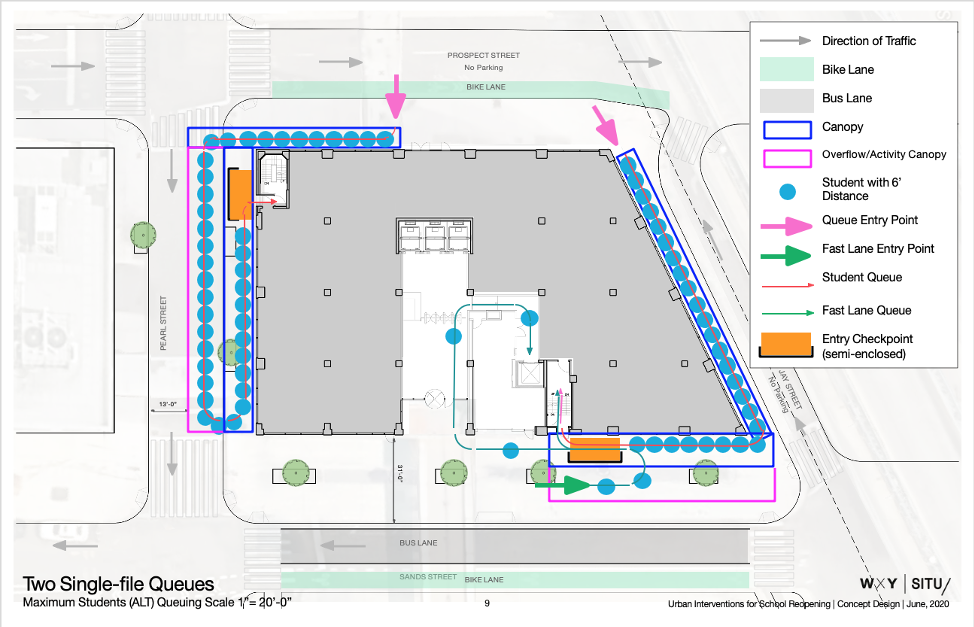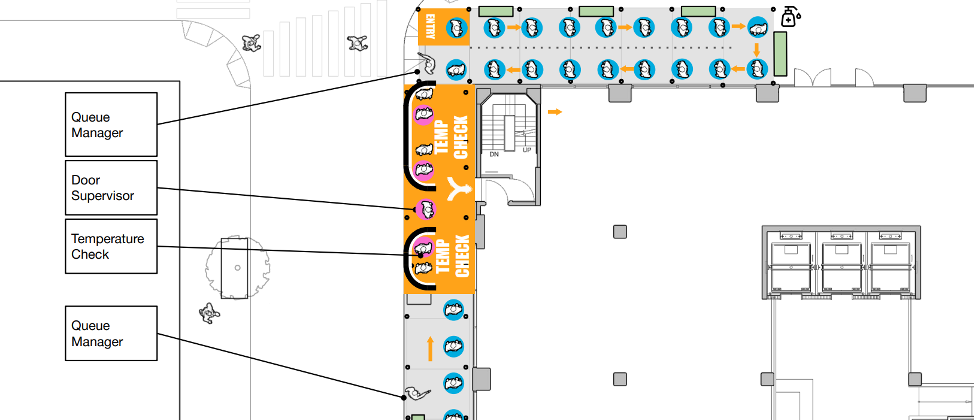The pandemic has been a stark reminder of the importance of educational attainment in uncertain times. Less-educated workers have suffered higher rates of unemployment and, if remaining employed, are probably in jobs with greater risks of getting sick. They’ll also likely face the longest road to recovery once the economy stabilizes.
To its credit, state leaders were already taking steps prior to the pandemic to ensure that Ohioans—young and old—have the educational credentials needed to obtain—and keep—rewarding jobs. These initiatives, which include the Ohio Attainment Goal, are motivated in part by projections indicating that by 2025, 64 percent of Ohio’s jobs will require a post-secondary credential (e.g., college degree or industry certification). That number could rise, as some analysts are now saying that the pandemic is likely to further accelerate shifts to automation and the digital economy.
The problem, however, is that just 49 percent of working-age Ohioans have a post-secondary credential. To maintain this full-court press to boost attainment, a coalition of more than forty organizations (including Fordham) recently released a statewide action plan to increase educational attainment. Representing K–12 and higher education, philanthropy, and employers, the Complete to Compete Ohio Coalition informs policymakers and the public about the importance of attainment for individual Ohioans and for the long-term prosperity of the state.
The plan is organized around five key strategies under which specific recommendations are included, with a focus on strengthening public-private partnerships, improving access to learning opportunities, and sending clear and coherent messages. As might be expected in a plan aiming to improve post-secondary attainment, many of the ideas apply to higher education and adult workforce training.
K–12 education of course also plays a critical role in ensuring that Ohioans have the foundational skills and abilities needed to earn post-secondary credentials. As such, the plan includes a number of recommendations relevant to K–12. The following highlights three of these recommendations—and my thoughts on why they are so important.
“Identify and remove barriers, such as legal barriers (e.g., insurance and age restrictions), for schools, students and businesses interested in work-based learning experiences.” Work-based learning—internships, co-ops, and apprenticeships—are excellent opportunities for students to gain first-hand experience in a career field of interest. On-the-job training can help young people build technical skills, learn to conduct themselves professionally, and open doors for future employment. But as the coalition’s recommendation suggests, barriers could be getting in the way of students hoping to avail themselves of work-based opportunities. Some apprenticeship programs, for example, require students to be eighteen years old to participate. Policymakers, employers, and training centers could, as suggested in the report, consider loosening age restrictions and other regulations to allow more young people to gain valuable workplace experience.
“Improve data collection of industry credentials and analyze which credentials students are earning, how the most commonly earned credentials are aligned to in-demand jobs and how the credentials affect labor market outcomes.” In 2013–14, Ohio began reporting the percentage of students earning industry-recognized credentials on school report cards. This data point has shed important light on the career readiness of students, especially those who may not be pursuing higher education right after high school. The most recent data, however, indicate that just 6 percent of Ohio students earned industry credentials—technically, accruing at least twelve credentialing “points”—while in high school.[1] While knowing this is a great start, it doesn’t allow us to see what types of credentials students earn. Are they being earned largely in less rewarding career fields, or more fulfilling ones? Moreover, as this recommendation suggests, information about the link between individual credentials and employment outcomes would be a welcome addition. Such data could allow policymakers to review the “points” system, so that the credentials with the most potential for higher wages receive more weight. It could also enable policymakers to tie funding incentives to the most economically valuable credentials.
“Increase the number of high school students enrolling in, and successfully completing, postsecondary-level learning by expanding availability of Advanced Placement (AP) courses and completion of associated AP examinations.” The Advanced Placement (AP) program has long offered rigorous, college-level coursework to high school students. It also includes end-of-course exams that give students opportunities to earn college credit for passing scores—a leg up when it comes to finishing a degree. While the program has grown in popularity, just 26 percent of Ohio’s class of 2018 took at least one AP course and only 14 percent passed an AP exam (a score of at least three out of five). Part of the problem is that a large number schools don’t appear to even offer such courses—118 districts, for instance, reported zero students in the class of 2018 as having taken an AP course. The coalition’s recommendation to increase access to AP courses is certainly praiseworthy. But how to get it done will be the real challenge. At the state level, Fordham has suggested giving teachers bonuses when their students pass AP exams. The state should also continue to subsidize low-income students’ exam fees. But even these initiatives are likely not enough, as local efforts may be even more crucial to unlocking AP opportunities. Regional collaboration, for example, might allow for “itinerant teachers” who teach AP courses across multiple districts, or engage tutors who provide extra help if students enroll in an online AP course.
***
Too many high school graduates enter colleges and workplaces without the knowledge and skills necessary for success. The pandemic has only increased the rate of change and the challenges associated with entering the labor market. Unfortunately, ill-prepared young people will suffer the consequences when they lack the educational background needed to advance in their careers. Policymakers—both state and local—should heed the ideas in the coalition report and, more importantly, put them into action.
[1] Ohio has a system that assigns various points (from one to twelve) to each credential or certification; completing a state-approved apprenticeship also yields twelve points.



